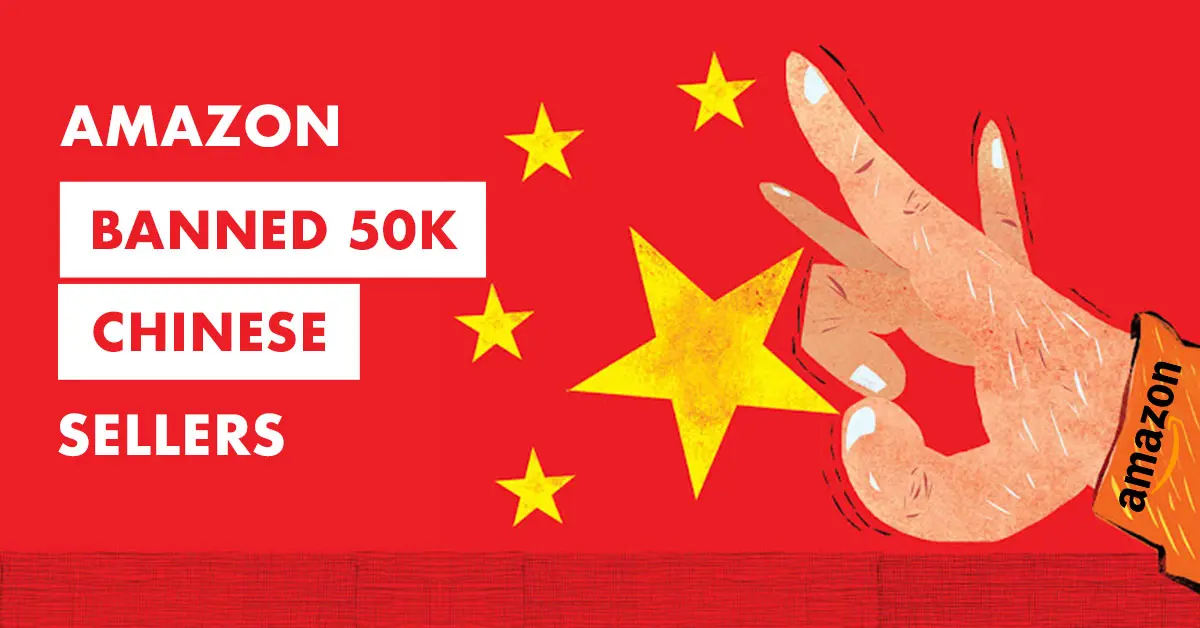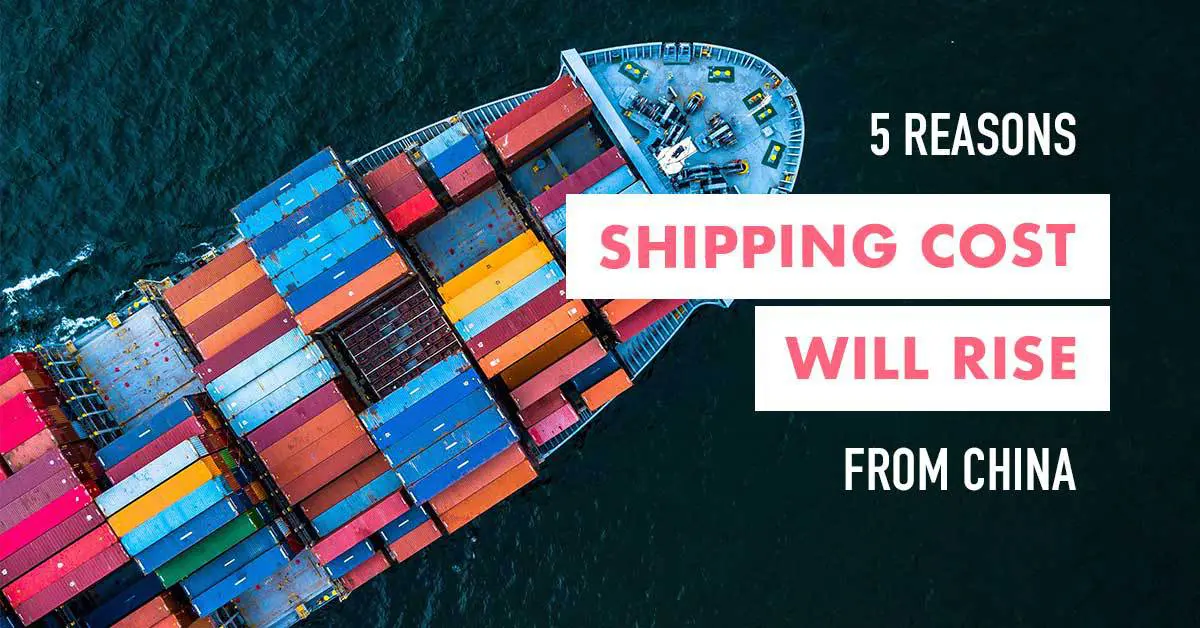Influencers are the way to reach and engage Gen-Z shoppers
Generation Z accounts for more than 40 percent of consumers in the U.S. With a collective annual spending power estimated at $143 billion, this group is projected to be the largest consumer population in the country by 2026.
When Gen-Z consumers seek shopping inspiration, these digital natives look to their favorite influencers and celebrities, who present a steady stream of recommendations via Instagram, TikTok, and Snapchat, which offer direct-buy functionality.
While only a quarter of the general population has made a buying decision based on the advice of a social-media influencer, nearly half of Generation Z has done so, writes Inc.com with reference to Kantar. Smaller businesses that cannot afford a big name celeb should take heart. Ninety-two percent of consumers place more trust in micro-influencers than endorsements from a celebrity or a traditional ad. Micro-influencers, whose smaller but highly-engaged followings fall between 1,000 to 50,000, tend to be viewed as more authentic.
Once brands discover where their target audience spends the most time, they can partner with an influencer who has cultivated an active and responsive following on that channel. This year alone, nearly 68 percent of U.S. marketers from companies with 100 or more employees will use influencer marketing. More than just a smart idea, investing in influencer marketing is a necessity. After all, if you’re not capturing Gen-Z’s attention, another brand will.
More Amazon news

Amazon continues to ban Chinese sellers
50000 Chinese seller accounts have disappeared from Amazon More than 50000 Chinese seller accounts have been banned on Amazon due to pay-for-praise and other policy violations In May Amazon shuttered some of its largest sellers from China over violations of platform...

New Amazon “FBA Liquidations” and “FBA Grade and Resell” programs
New Amazon FBA programs give unsold inventory new life Amazon has introduced “FBA Liquidations” and “FBA Grade and Resell” programs to help merchants resell customer-returned or overstocked items. Once fully implemented, the programs are expected to save more than 300...

5 main reasons shipping costs from China will continue to rise
Logistics problems with "Made in China" products Covid-19 pandemic has led to drastic inflation in shipping costs and delays for goods purchased from China. Let’s go through the main factors that cause this havoc: Severe congestion at largest US ports Online shopping...


